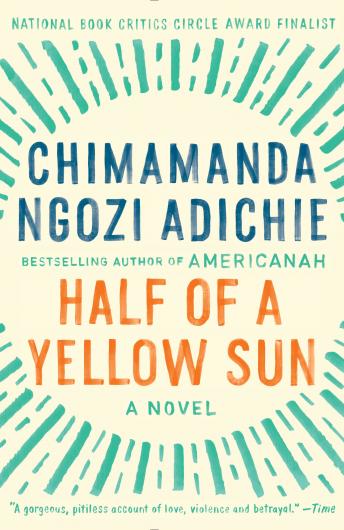
Author: Lois Lowry
Title: The Giver
Genre: Speculative Fiction: Utopian/Dystopian
Lowry, Lois. The Giver. Houghton Mifflin Harcourt, 2014.
Grade Level: Early as 7th grade. Although I think it would be fun to read in 9th & 10th grade
Pages: 240 pages
The Giver by Lois Lowry is a Speculative Fiction novel that depicts a society that has made itself into a Utopia. It follows the perspective of 12-year-old Jonas who has been selected to become the communities next Reciever. As Jonas fulfils his new role as Reciever by receiving memories for the community from the Giver, he begins to realize the dark side of this Utopian society.
Possible Teaching Concerns:
This novel deals with rather mature and dark themes. When the reader finds out about that the “releases” are when members of the community are euthanized because they no longer and cannot contribute to the betterment of the community, it may be a difficult element for readers. This society views emotion as something that is negative, and as a result the reader watches humans behave in a way that doesn’t have room for humanity. Some of the memories that Jonas is shown are also very brutal; specifically, the one about war and dying men. I think it is important to warn students about these topics before reading these sections is wise. There are also another part of the book where Jonas explains that he wants to see Fiona naked. Readers are given clues that “the stirrings” are sexual reactions that are numbed away by hormone treatments.
Personal Reactions:
I loved this book when I was in 7th grade. I thought it was super interesting and at the time dystopian novels were very popular. I think this would be a great book for students to get interested in. This book is a classic and has been taught in school for a number of years. I think it is important that students read this book because a lot of its themes can be connected in a lot of other dystopian books.
Canonical Work:

The Hunger Games by Suzanne Collins was a book that was paired with The Giver when I read it in 7th grade. It offered a new take on this idea of a dystopian world. The Giver can sometimes give a very dated feel to the reader because the technology in the book is not as advanced as we would think for an advanced society. The Hunger Games; however, gives a more modern element to the genre. I think that it is a book that students genuinely like to read and is a novel that I could see becoming a classic one day.
The Giver Trailer (2014)
The Hunger Games Trailer (2012)






